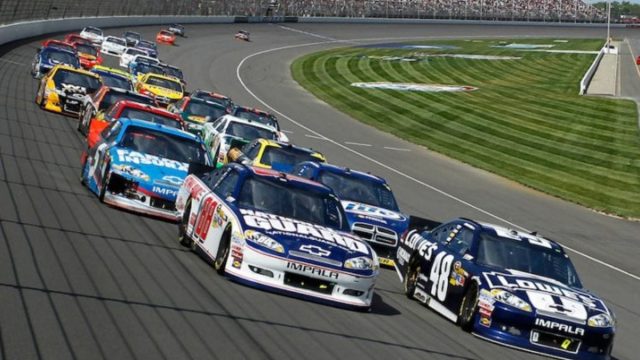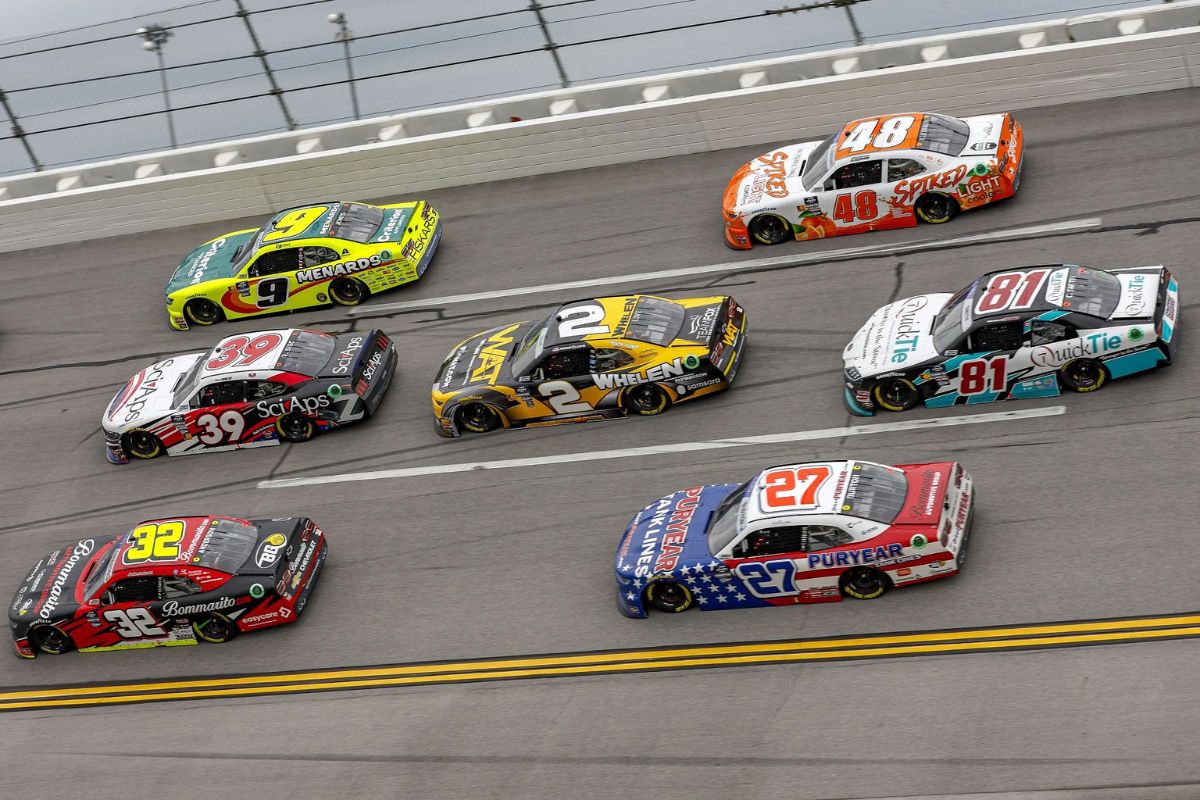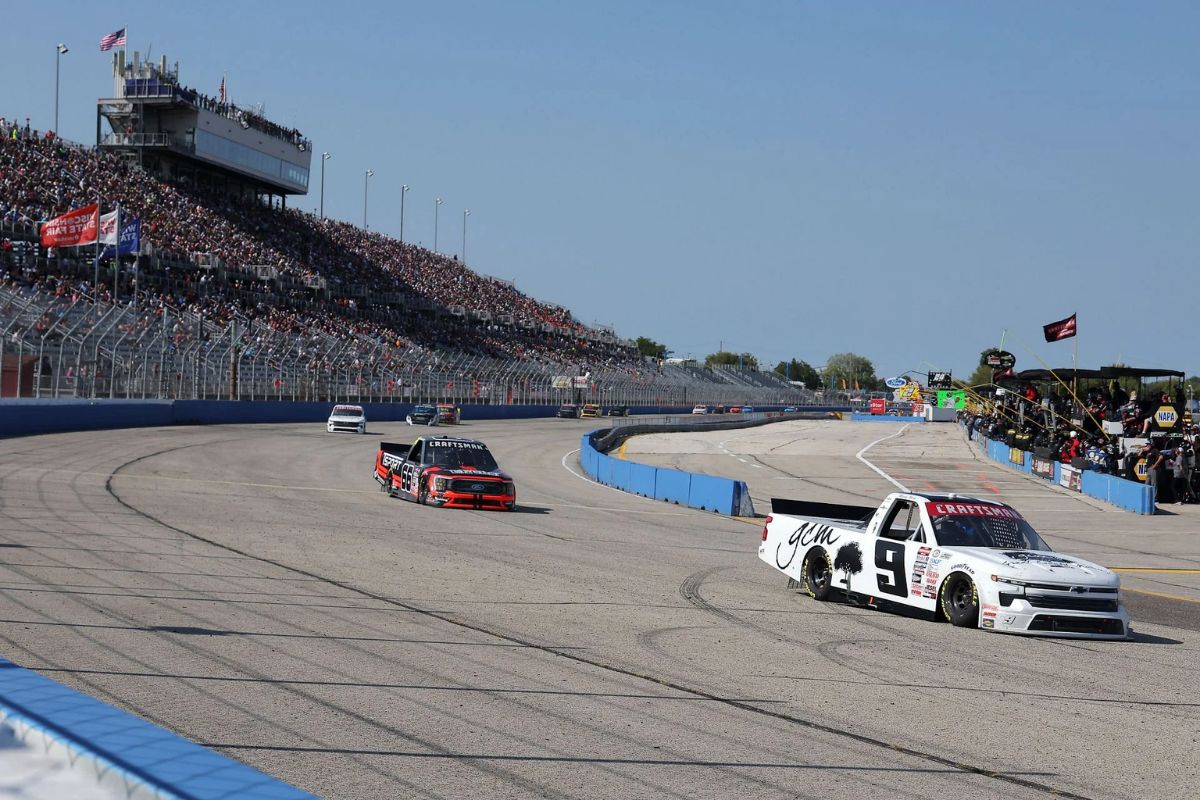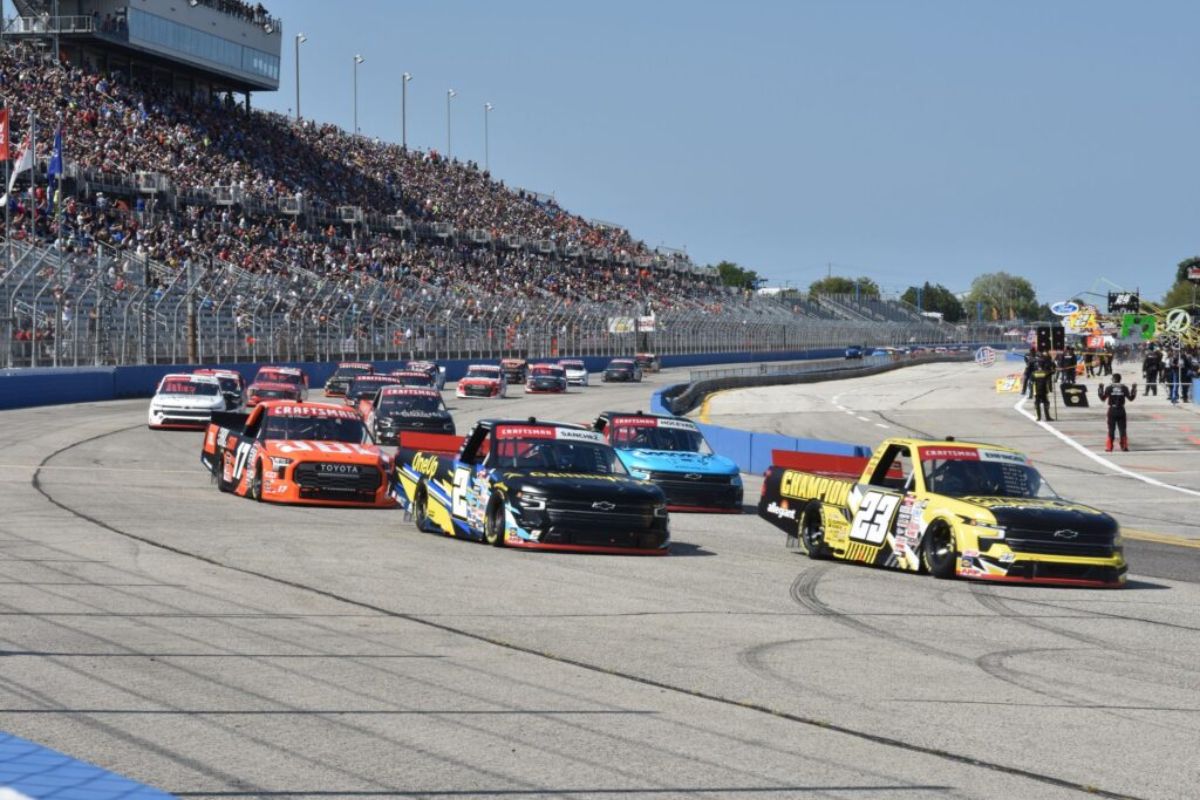NASCAR’s Global Racing History: NASCAR’s foray into international racing presents a compelling narrative that reflects both the sport’s ambition and its adaptability to diverse markets. From its early ventures, such as the 1952 Stamford Park event, to the noteworthy Coca-Cola 500 in Japan, each race served as a crucial moment in expanding NASCAR’s global footprint. As the organization continues to investigate opportunities in Mexico and Brazil, the implications of these international efforts raise questions about its future direction and the potential for a more inclusive racing culture. What might this evolution mean for the sport and its global fan engagement?
Key Highlights
- NASCAR’s first international race occurred in 1952 with an unnamed event in Canada, paving the way for future global expansion.
- The 1958 Jim Mideon 500 in Toronto marked the debut of Richard Petty, showing NASCAR’s adaptability to foreign markets.
- In 1988, the Calder Park Thunderdome in Australia hosted NASCAR’s first international race in 30 years, highlighting competitor diversity.
- The 1998 Coca-Cola 500 at Twin Ring Motegi in Japan featured both Dale Earnhardt Sr. and Jr., enhancing the race’s historical significance.
- NASCAR’s current initiatives include events in Mexico City and Montreal, demonstrating a renewed commitment to international racing.
NASCAR’s International Expansion
NASCAR’s international expansion marks an essential evolution in the sport’s history, signaling a tactical shift towards global engagement and audience growth. The inclusion of the Autodromo Hermanos Rodriguez in the 2025 NASCAR Cup Series schedule represents a significant moment, as it will be the initial points-paying championship event outside the United States in over 25 years, and the first since 1958. This strategic move highlights NASCAR’s commitment to improving its international footprint, a long-sought aspiration that reflects the changing dynamics of motorsport fandom.
Prior to the announcement regarding Mexico City, NASCAR had been exploring numerous international venues, including potential races at Circuit Gilles Villeneuve in Montreal and aspirations for expansion into Brazil. The interest from cities like Sao Paulo, which aims to host the 2026 Clash, further exemplifies the growing appetite for NASCAR outside U.S. borders.
Furthermore, driver Daniel Suarez‘s recent victory in a NASCAR Brazil Series event at Interlagos highlights the increasing integration of international circuits into the NASCAR ecosystem.
This proactive approach not only broadens the competitive landscape but also elevates NASCAR’s visibility among varied audience demographics. By engaging with new markets, NASCAR stands to capitalize on emerging fan bases and cultivate a more inclusive global community.
As the sport ventures into these new territories, the implications for its cultural relevance and commercial viability are profound, indicating a future where NASCAR could become a truly global phenomenon.
Early International NASCAR Races
The history of NASCAR’s early international races reveals a pioneering spirit that sought to extend the sport’s reach beyond American borders. The initial forays into international racing were marked by a combination of ambition and challenges, as evidenced by the events held in Canada during the 1950s.
These races not only highlighted the talent of early NASCAR drivers but also laid the groundwork for future international endeavors.
- 1952 Unnamed 100-Mile Event – Held at Stamford Park, Niagara Falls, this race marked NASCAR’s premier Cup event outside the U.S. Out of 17 starters, only three finished, emphasizing the track’s notorious reputation. Buddy Sherman emerged victorious, achieving his sole Cup Series win.
- 1958 Jim Mideon 500 – This race took place at Exhibition Stadium in Toronto, where Lee Petty led the field to victory. However, the event is often remembered for the debut of his son, Richard Petty, who would go on to become a legendary figure in NASCAR history.
- Cultural Impact – These early international races were instrumental in demonstrating NASCAR’s growing popularity and testing its adaptability in foreign markets, setting the stage for future expansions.
These seminal events not only introduced NASCAR to new audiences but also emphasized the sport’s resilience and potential for growth.
The challenges faced during these early races would inform and influence NASCAR’s tactical decisions in its quest for international recognition.
International Races in the Late 20th Century
As NASCAR ventured into the late 20th century, it welcomed opportunities for international expansion that would shape the sport’s global identity. The inaugural international race occurred in 1988 at the Calder Park Thunderdome in Melbourne, Australia. This non-points event marked a notable return to international soil 30 years after NASCAR’s last overseas race.
The 280-lap race highlighted 32 competitors, including Australian motorsport luminaries like Dick Johnson and Jim Richards, but it was Neil Bonnett, a NASCAR regular, who clinched victory, emphasizing the dominance of American drivers in this new arena. The success of the event catalyzed the establishment of a NASCAR Australia division, which would flourish until 2002.
In the subsequent decade, NASCAR set its sights on Japan, with exhibition races held at the Suzuka Circuit in 1996 and 1997. The initial race captivated local audiences, featuring Japanese racing icons and culminating in a thrilling finish where Rusty Wallace edged out Dale Earnhardt.
The return race, although blemished by rain, displayed NASCAR’s adaptability, as drivers navigated the complexities of wet-weather racing, with Mike Skinner emerging victorious.
These late 20th-century ventures into international markets not only expanded NASCAR’s fan base but also fostered enduring relationships with motorsport communities outside the United States. This period laid the groundwork for future international engagements, reinforcing NASCAR’s commitment to global racing.
NASCAR’s Return to Japan
Following a successful introduction of NASCAR in Australia and Japan during the late 20th century, the series made a notable return to the Japanese motorsport scene in 1998. This resurgence was marked by the Coca-Cola 500, held on November 22nd at the oval track of Twin Ring Motegi, shifting from the previous years at Suzuka. The race featured a competitive field of 31 drivers, highlighting considerable moments in NASCAR history.
- Historic Face-off: This event was particularly notable as it marked the initial Cup race where Dale Earnhardt Sr. and Dale Earnhardt Jr. competed against each other, adding a compelling narrative to the race.
- Competitive Dynamics: The race culminated in a thrilling showdown between Jeff Gordon and Mike Skinner. Gordon, fresh off securing his tertiary Cup title, exhibited his skill by closing in on Skinner in a nail-biting finish.
- Race Format: Spanning 201 laps, the race highlighted the unique oval racing format, emphasizing speed and strategy, which diverged from the road courses previously utilized in Japan.
NASCAR’s return to Japan not only reinvigorated interest in American stock car racing but also provided a platform for cross-cultural motorsport exchange.
The 1998 Coca-Cola 500 exemplified the series’ commitment to global expansion and laid the groundwork for future international endeavors, reflecting NASCAR’s ambition to cultivate a diverse fanbase.
Current and Future International Plans
In recent years, NASCAR has ramped up its efforts to expand internationally, signaling a potential shift in the sport’s global outreach strategy. Following a long hiatus from international racing after its Japan experiment, NASCAR has tactically positioned itself to re-enter global markets. The Xfinity Series has successfully hosted events in Mexico City and Montreal, while the Truck Series has made inroads at Canadian Tire Motorsports Park.
This gradual revival emphasizes NASCAR’s commitment to fostering international stock car racing, with established divisions in Mexico, Brazil, and Europe.
The significance of Daniel Suarez‘s 2016 Xfinity Series championship cannot be overstated; he was the initial foreign-born driver to claim a national-level title, highlighting the growing inclusivity of the sport. Additionally, NASCAR’s recent record at Watkins Glen, with seven nations represented in a single Cup race, demonstrates the increasing diversity within its fanbase and participant pool.
Looking ahead, the announcement of the Cup Series returning to Mexico in 2025 marks a crucial moment in NASCAR’s international ambitions, as it could herald the start of a new era.
This move reinforces the sport’s desire to reclaim its global presence and sets a precedent for potential future events in other markets, such as Brazil. As NASCAR continues to investigate these avenues, it is poised to cultivate a broader, more engaged audience, thereby solidifying its status as a truly global racing entity.
News in Brief: NASCAR’s Global Racing History
NASCAR’s foray into international racing exemplifies a tactical effort to broaden its appeal and foster a global fanbase. Historical endeavors, from early races in the 1950s to notable events in Japan and Australia, reflect a commitment to expanding the sport’s reach. The ongoing exploration of markets in Mexico and Brazil indicates a continued ambition to diversify participation and engagement. As NASCAR navigates these international landscapes, the potential for growth and cultural exchange remains considerable, ensuring the sport’s evolving legacy.
ALSO READ: NASCAR Non-Playoff Drivers at Darlington: Insiders Weigh In Their Chances



